Website EmoryDouglasArt.com | Name Emory Douglas | |
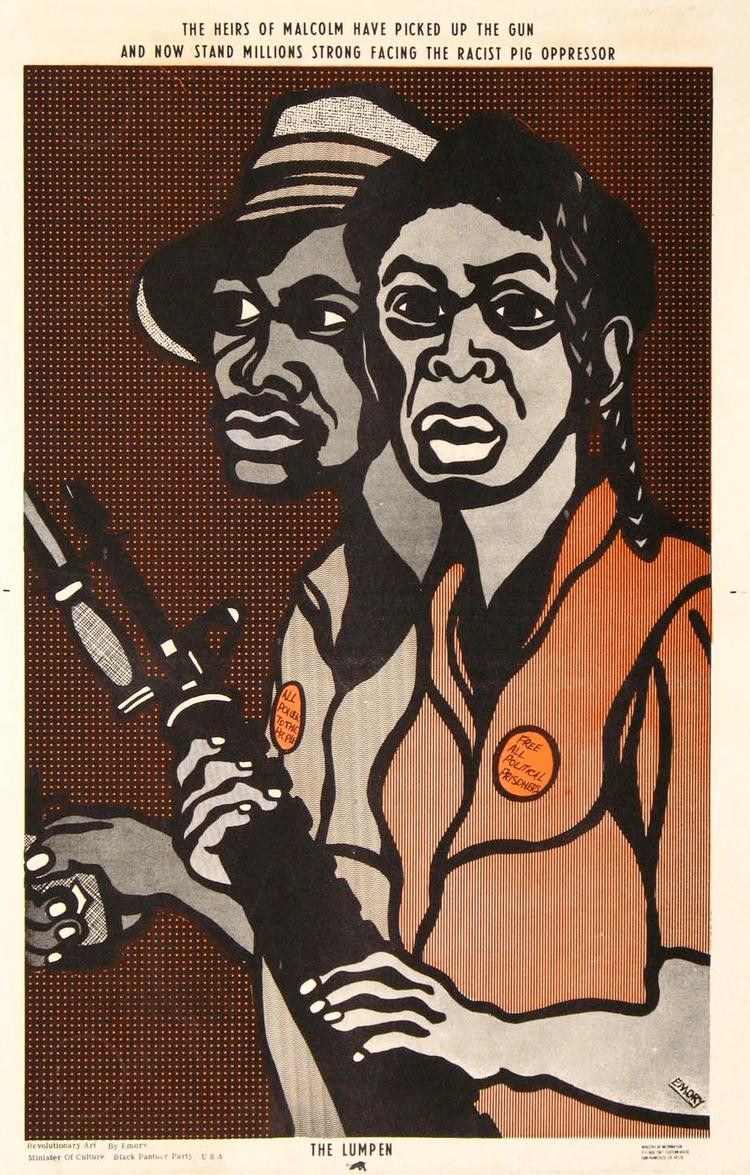 | ||
Education City College of San Francisco | ||
Emory Douglas - Design and Activism of the Black Panthers
Emory Douglas (born May 24, 1943) worked as the Minister of Culture for the Black Panther Party from 1967 until the Party disbanded in the 1980s. His graphic art was featured in most issues of the newspaper The Black Panther (which had a peak circulation of 139,000 per week in 1970). As the art director, designer, and main illustrator for The Black Panther newspaper, Douglas created images that became icons, representing black American struggles during the 1960s and 1970s.
Contents
- Emory Douglas Design and Activism of the Black Panthers
- Revolution art and power black panther emory douglas marxism 2015
- Life and work
- Selected exhibitions
- Exhibition reviews
- Book reviews
- Videos
- References
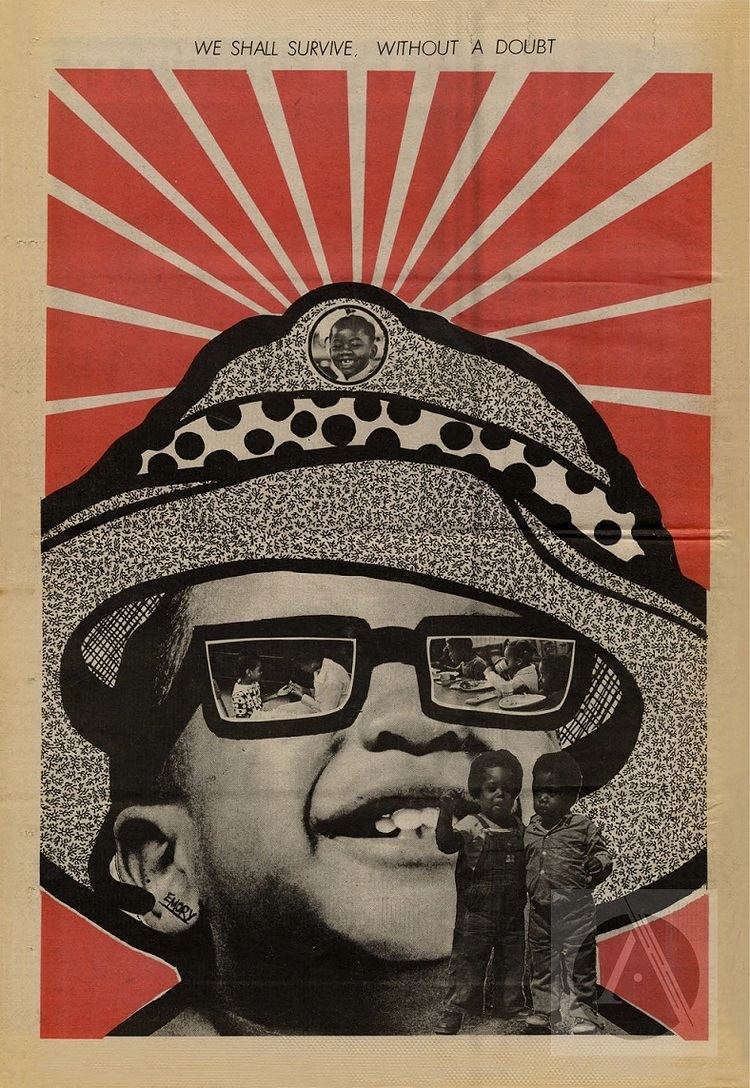
Revolution art and power black panther emory douglas marxism 2015
Life and work
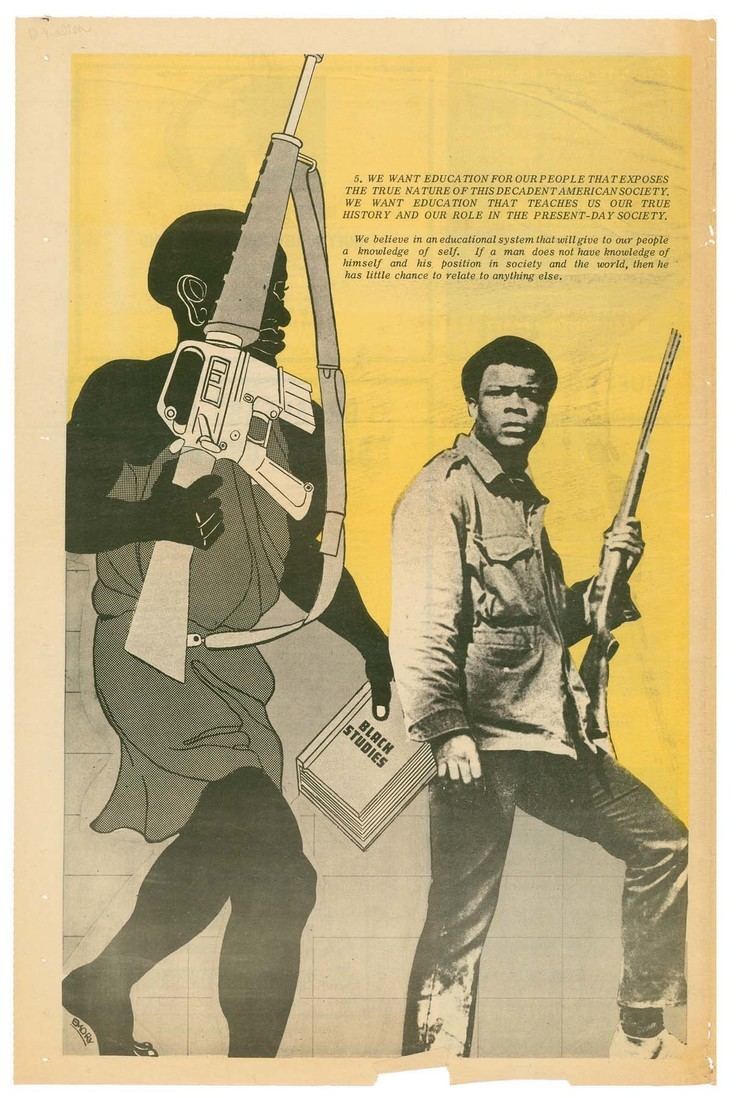
Douglas was born in Grand Rapids, Michigan, and grew up in the San Francisco Bay area. As a teenager, he was incarcerated at the Youth Training School in Ontario, California; during his time there he worked in the prison's printing shop. He later studied commercial art, taking graphic design classes, at San Francisco City College. As Erika Doss wrote, "He also joined the college's Black Students Union and was drawn to political activism."
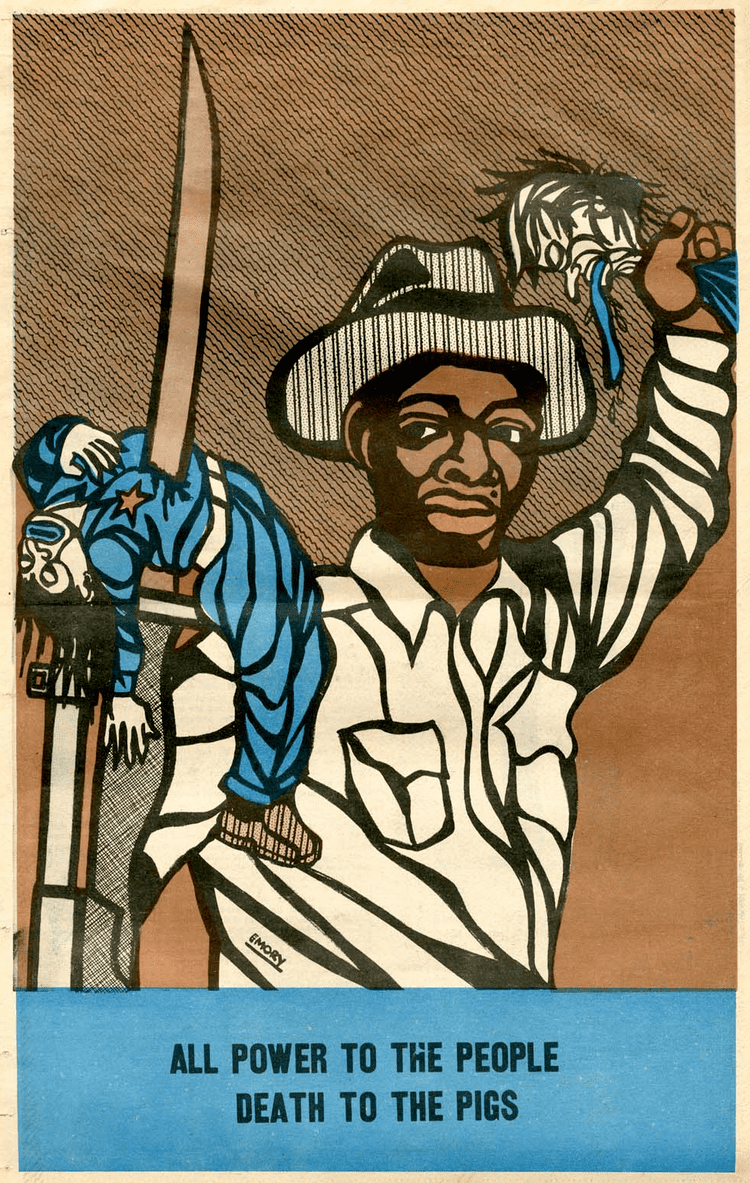
In 1967 Douglas became Minister of Culture for the Black Panther Party. In 2007, the San Francisco Chronicle reporter Jessica Werner Zack reported that he "branded the militant-chic Panther image decades before the concept became commonplace. He used the newspaper's popularity to incite the disenfranchised to action, portraying the poor with genuine empathy, not as victims but as outraged, unapologetic and ready for a fight."
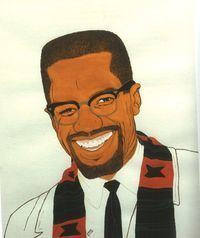
Douglas worked at the black community-oriented San Francisco Sun Reporter newspaper for over 30 years after The Black Panther newspaper was no longer published. He continued to create activist artwork, and his artwork stayed relevant, according to Greg Morozumi, of the Bay Area EastSide Arts Alliance: "Rather than reinforcing the cultural dead end of 'post-modern' nostalgia, the inspiration of his art raises the possibility of rebellion and the creation of new revolutionary culture."
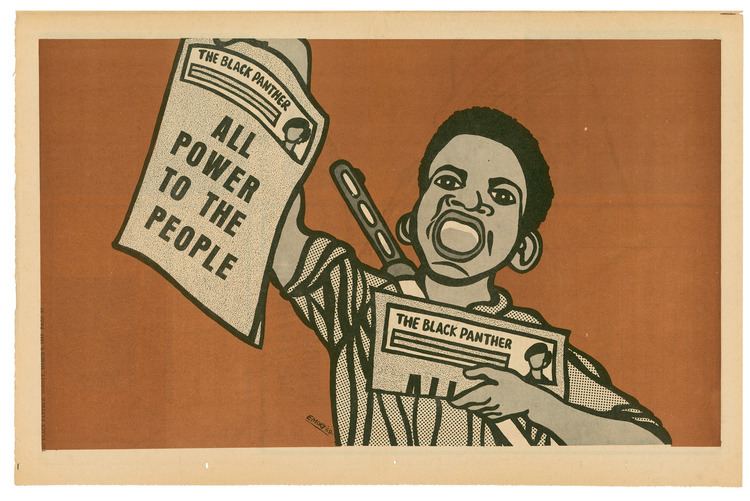
In 2006, artist and curator Sam Durant edited a comprehensive monograph on the work of Douglas, Black Panther: The Revolutionary Art of Emory Douglas, with contributors including Danny Glover, Kathleen Cleaver, St. Clair Bourne, Colette Gaiter (associate professor at the University of Delaware), Greg Morozumi (artistic director of the EastSide Arts Alliance in Oakland, California), and Sonia Sanchez.
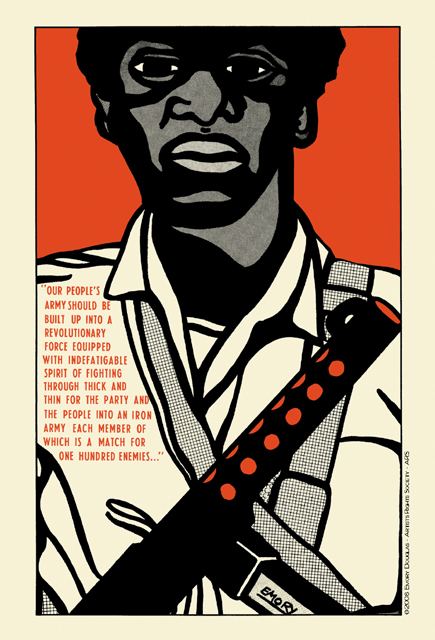
After the book's publication, Douglas had retrospective exhibitions at the Museum of Contemporary Art, Los Angeles (2007–08) and the New Museum in New York. Since the re-introduction of his early work to new audiences, he continues to make new work, exhibit and interact with audiences in formal and informal settings all over the world. His international exhibitions and visits include Urbis, Manchester, England (2008); Auckland, New Zealand, Collaboration with Richard Bell in Brisbane, Australia (2011); Chiapas, Mexico; Lisbon, Portugal (2011)
Colette Gaiter writes:
Selected exhibitions
Exhibition reviews
Art Papers Magazine; March/April 2014, Vol. 38, Issue 2, p. 53. "Works Exhibited: Emory Douglas." Carrie Meyer.
Zoot Magazine. April 28, 2011. "ALL POWER TO THE PEOPLE – ENTÃO E AGORA": GALERIA ZÉ DOS BOIS, LISBON
Green Left Weekly; October 14, 2009, Issue 813, p. 4. "Black Panther artist launches exhibition." The article reviews the exhibition All Power to the People, by Emory Douglas at the Milani Gallery in Brisbane, Queensland. Paul Benedek.
Bomb; Fall 2009, Issue 109, p. 12. Emory Douglas: Black Panther exhibition New Museum, New York City. David Kramer.
Art Newspaper; July/August 2009, Vol. 18, Issue 204, p. 58. Emory Douglas: Black Panther exhibition New Museum, New York City. Helen Stoilas.
Museums Journal (2009), Issue 109/3, 44–47. March. Black Panther: Emory Douglas and the Art of Revolution, Urbis, Manchester.
Art in America; June/July 2008, Vol. 96, Issue 6, p. 106. "The Revolution Will Be Visualized." The article reviews the exhibition "Black Panther: The Revolutionary Art of Emory Douglas," featuring the work of artist Emory Douglas at the Museum of Contemporary Art's (L.A. MOCA) Pacific Design Center in Los Angeles, California from October 21, 2007– February 24, 2008. Sarah Valdez.
Book reviews
Revue de recherche en civilisation américaine. 2 | 2010. Sabrina Sérac, "2: 2010 : La culture populaire américaine" (review of Black Panther: the Revolutionary Art of Emory Douglas), June 30, 2010, accessed March 28, 2014.
Creative Review; May 2007, Vol. 27, Issue 5, p. 21. " Art and The Man." Carrie Meyer review of Black Panther: the Revolutionary Art of Emory Douglas.
Library Journal; April 1, 2007, Vol. 132, Issue 6, p. 87. Edward K. Owusu-Ansah review of Black Panther: the Revolutionary Art of Emory Douglas.
New Statesman; July 23, 2007, Vol. 136, Issue 4854, p. 59. In this article the author discusses three books which constitute, in his opinion, significant examples of outsider art. The books in question are Mingering Mike: the Amazing Career of an Imaginary Soul Superstar, by Dori Hadar, Black Panther: the Revolutionary Art of Emory Douglas and "Gravity's Rainbow Illustrated," by Zak Smith.
Videos
"Black Panther: Emory Douglas and the Art of Revolution" on YouTube. Uploaded on March 26, 2009. The first exhibition by the campaigning US artist Emory Douglas in the UK, pays tribute to an unsung hero of the modern civil rights movement.
